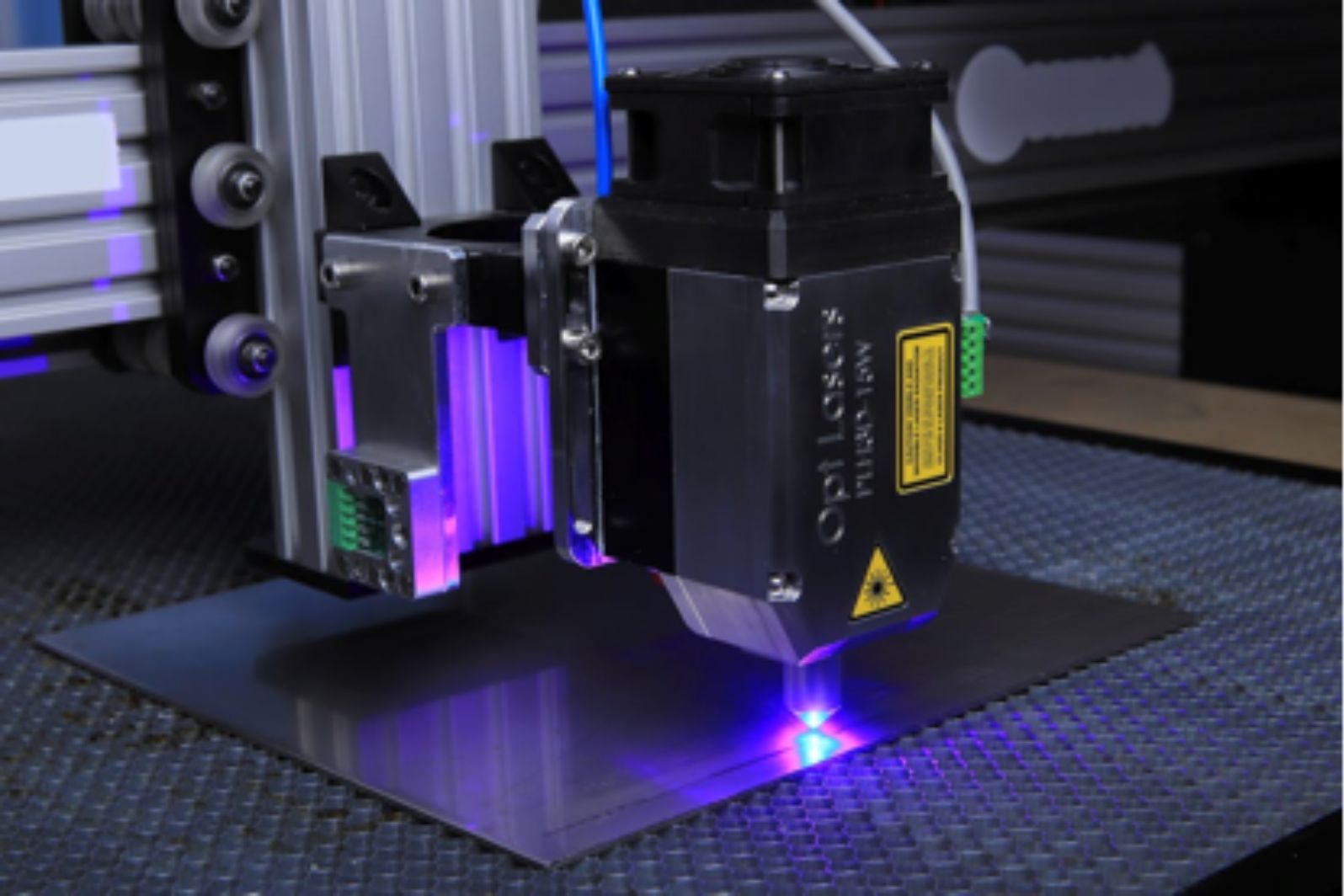
CNC (Computer Numerical Control) metal cutting technology has revolutionized the manufacturing industry by providing precise and efficient methods for cutting and shaping metal materials. With the ability to automate and streamline the cutting process, CNC machines have significantly increased productivity and reduced production costs. This article explores the various ways in which CNC metal-cutting technology can maximize productivity and enhance manufacturing processes.
1. Precision and Accuracy
One of the key advantages of CNC metal cutting technology is its ability to deliver precise and accurate cuts. Traditional manual cutting methods often result in human errors and inconsistencies, leading to wastage of materials and time-consuming reworks. CNC machines, on the other hand, are programmed to execute precise cutting instructions with high accuracy, ensuring that each cut is consistent and meets the required specifications. This level of precision not only saves time but also minimizes material waste, leading to increased productivity and cost savings.
2. Automation and Efficiency
CNC metal cutting technology automates the cutting process, eliminating the need for manual intervention and reducing the chances of errors. Once the cutting program is loaded into the CNC machine, it can operate continuously, cutting multiple pieces without the need for operator intervention. This automation feature significantly improves efficiency and productivity, as the machine can operate 24/7 and complete tasks much faster than manual cutting methods. Additionally, CNC machines can be programmed to optimize the cutting path, reducing unnecessary movements and minimizing idle time, further enhancing productivity.
One of the key advantages of CNC metal cutting technology is its ability to optimize the cutting path. Unlike manual cutting, where operators may take inefficient routes, the best CNC machines for metal can be programmed to follow the most efficient path, reducing unnecessary movements and minimizing idle time. This not only saves time but also reduces material waste, as the machine cuts with precision and accuracy.
Furthermore, CNC metal cutting technology offers consistency and repeatability. Once the cutting program is set, the machine will consistently produce the same results, ensuring uniformity across multiple pieces. This is particularly important for industries that require high precision and accuracy, such as aerospace and automotive manufacturing.
Another advantage of CNC metal cutting technology is its versatility. CNC machines can cut various types of metals, including steel, aluminum, copper, and more. They can also handle different thicknesses and sizes, making them suitable for a wide range of applications. This versatility allows manufacturers to meet diverse customer requirements and adapt to changing market demands.
3. Flexibility and Versatility
CNC metal cutting technology offers a high level of flexibility and versatility, allowing manufacturers to cut a wide variety of metal materials with different shapes and sizes. Traditional cutting methods often require separate tools and setups for each type of material, resulting in longer setup times and reduced productivity. With CNC machines, manufacturers can easily switch between different cutting programs, enabling them to cut different materials and shapes without the need for manual adjustments. This flexibility not only saves time but also allows manufacturers to take on a wider range of projects, increasing their productivity and profitability.
4. Reduced Labor Costs
By automating the cutting process, CNC metal cutting technology reduces the need for manual labor, leading to significant cost savings. Traditional cutting methods require skilled operators to manually perform cutting tasks, which can be time-consuming and costly. With CNC machines, the cutting process is performed automatically, requiring minimal operator intervention. This not only reduces labor costs but also eliminates the risk of operator fatigue and human errors, further improving productivity and efficiency.
In addition to cost savings, CNC metal cutting technology also offers greater precision and accuracy compared to traditional cutting methods. CNC machines are programmed to follow precise instructions, ensuring consistent and precise cuts every time. This level of precision is difficult to achieve with manual cutting methods, which are prone to human error and inconsistencies.
Furthermore, CNC metal cutting technology allows for more complex and intricate designs to be cut with ease. The machines can execute intricate patterns and shapes that would be difficult, if not impossible, to achieve manually. This opens up a world of possibilities for industries such as automotive, aerospace, and manufacturing, where intricate and precise cuts are often required.
5. Faster Prototyping and Production
CNC metal cutting technology enables faster prototyping and production cycles, allowing manufacturers to bring products to market quickly. Traditional manual cutting methods often require time-consuming setup and adjustments, resulting in longer lead times for prototyping and production. CNC machines, on the other hand, can be quickly programmed and set up, allowing manufacturers to start cutting immediately. This faster turnaround time enables manufacturers to iterate and refine their designs more quickly, leading to faster product development and increased productivity.
6. Integration with CAD/CAM Software
CNC metal cutting technology seamlessly integrates with CAD/CAM software, further enhancing productivity and efficiency. CAD (Computer-Aided Design) software enables manufacturers to design and create 3D models of their products, while CAM (Computer-Aided Manufacturing) software translates these designs into cutting instructions for the CNC machine. This integration eliminates the need for manual programming and reduces the chances of errors. Changes to the design can be easily made in the CAD software, and the cutting program can be automatically updated, saving time and reducing rework. This integration streamlines the entire manufacturing process, from design to production, maximizing productivity and minimizing downtime.
Conclusion
CNC metal cutting technology has transformed the manufacturing industry by providing precise, efficient, and automated cutting methods. With its ability to deliver accurate cuts, automate the cutting process, provide flexibility, reduce labor costs, enable faster prototyping and production, and integrate with CAD/CAM software, CNC machines have significantly maximized productivity in metal cutting. As technology continues to advance, CNC metal cutting technology is expected to become even more sophisticated, further enhancing productivity and revolutionizing the manufacturing industry.






